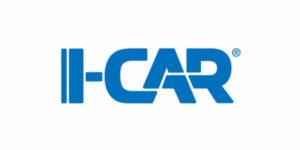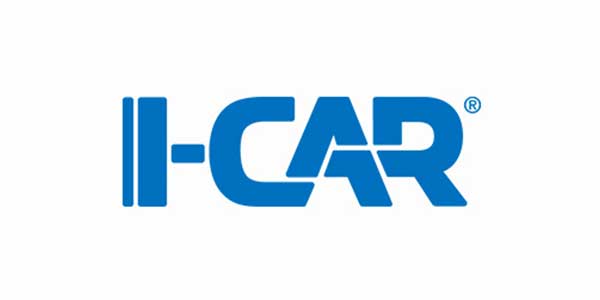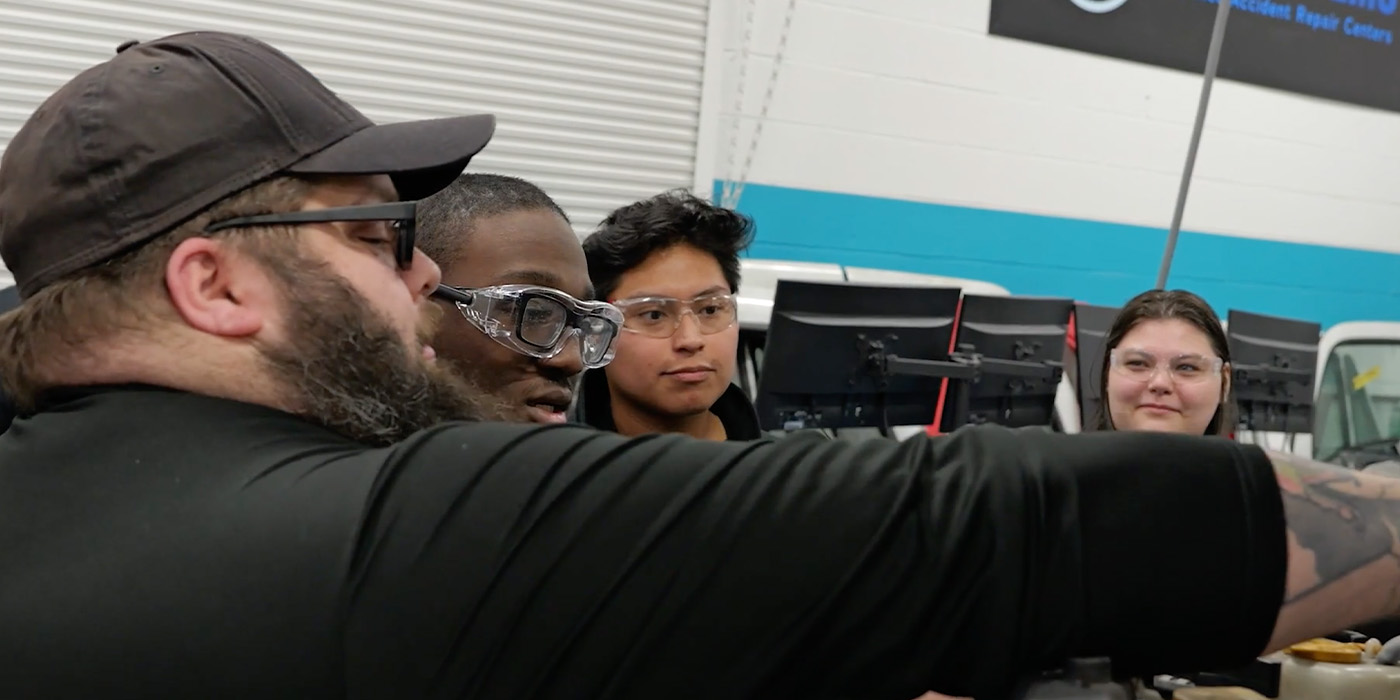 When repairing a collision-damaged vehicle, full-body sectioning is a no-no – regardless of the situation.
When repairing a collision-damaged vehicle, full-body sectioning is a no-no – regardless of the situation.
“Full-body sectioning (clipping) is not a safe or viable repair option and should not be done, under any circumstances,” I-CAR emphasizes in a recent post on its Repairability Technical Support portal. “Full-body sectioning will not result in a complete, safe and quality repair.”
Full-body sectioning, or clipping, is the process of joining large assemblies cut from separate vehicles. The process involves cutting through multiple panel layers in a combination of A-, B-, C- and D-pillars, the quarter panels, the rocker panels and across the floor pan, I-CAR explains.
“The undamaged portions from clipped vehicles then are welded to complete the ‘repair,’” I-CAR says. “This type of procedure is done without supporting documentation from the vehicle maker.”
Repairers that search for documentation in support of clipping won’t find any from the OEMs, as none of them cite it as an approved repair method. If they look for help from I-CAR, they’ll find no gray areas in I-CAR’s best practice, appropriately titled “Full-Body Sectioning Should Not Be Done.”
“Installing large welded assemblies, such as full-front or full-rear body sections, involves making multiple joints in multiple structural panels and reinforcements,” I-CAR explains. “On all late-model vehicles, the reinforcement panels in the vehicle side structure are made from high- and ultra-high-strength steels, aluminum and carbon fiber that contribute to the structural integrity and occupant safety of the vehicle. Introducing a sectioning joint in any of these parts will adversely affect the performance of the vehicle structure during normal operation as well as during another collision.”
Article courtesy BodyShop Business.














